The Real Arthur Sackler. Part 3 – Pfizer’s Agent of Record.
Posted on | September 25, 2019 | Comments Off on The Real Arthur Sackler. Part 3 – Pfizer’s Agent of Record.
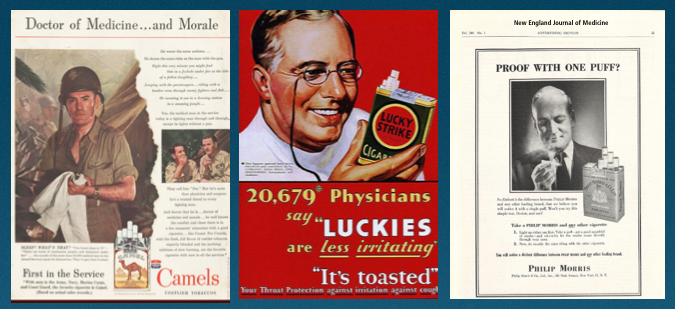
Mike Magee
Series Note: This 5-Part Series will run from September 23rd to September 27, and then be available as a single document under Hcom Resources.It is based on original research in CODE BLUE: Inside the Medical-Industrial Complex.
Throughout the 1940’s, the tobacco industry and the American Medical Association grew in size and influence, side by side. Tobacco ads featured the Army Medical Corps and laid conflicting claims which brand doctor soldiers favored.
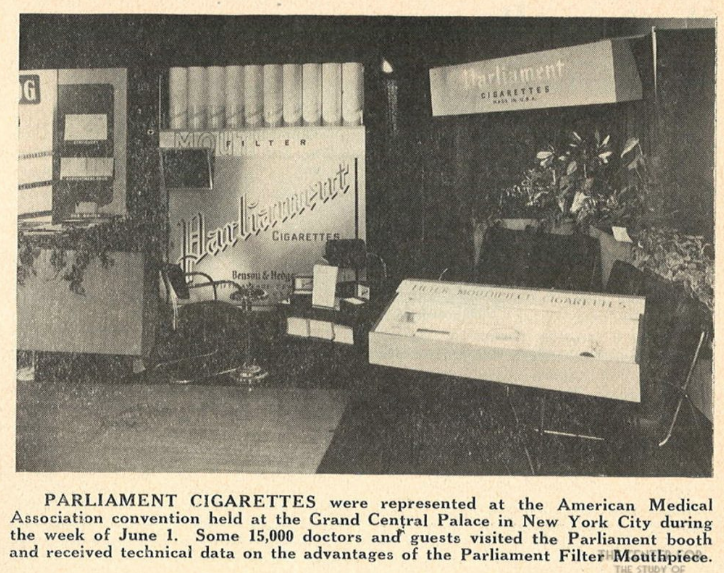
The AMA enjoyed the financial support of tobacco advertising in JAMA, and at their conventions where the industry sponsored “smoking lounges” and elaborate quasi-scientific displays of new and improved tobacco filters.
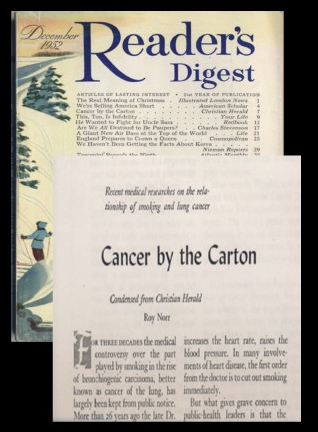
But in 1952, a single Reader’s Digest article entitled “Cancer by the Carton”, caused JAMA and the New England Journal of Medicine to change course, and distance themselves from tobacco money.
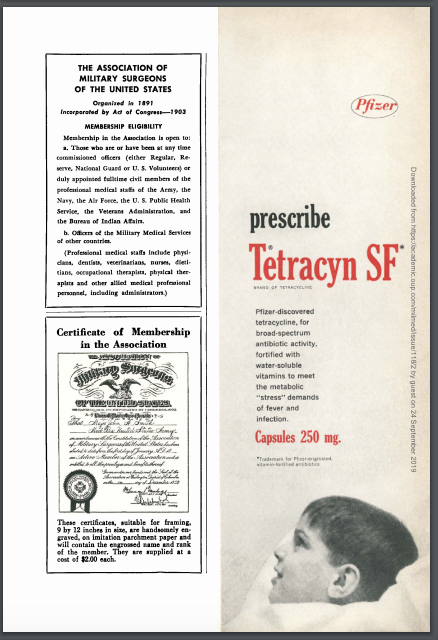
Waiting in the wings were pharmaceutical marketers anxious to advantage a huge burden of disease that accompanied returning soldiers. Between 1950 and 1957, advertising revenue in JAMA for pharmaceutical ads increased seven-fold. At the top of the list was Pfizer and its new antibiotic, Terramycin. Between 1950 and 1952, 68% of all JAMA broad spectrum antibiotic ads were funded by Pfizer. Between 1952 and 1956, nearly every JAMA issue included Pfizer’s in-house magazine titled “Spectrum”.
The push paralleled an increase in Pfizer detail men from 8 to 2000 (including medical students). They targeted doctors and hospital pharmacies, and developed a sophisticated range of Continuing Medical Education (CME) materials for the first time. Pfizer’s agency of record? The William Douglas MacAdams Advertising Agency. The principal on the account? Arthur M. Sackler.
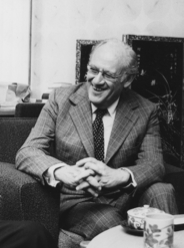
Arthur’s groundbreaking innovations would, in the future, be enshrined in the Medical Advertising Hall of Fame. In the posthumous award, they stated, “In the late 1940s and 1950s, Rx companies were not marketing-oriented. They had small field forces and lacked extensive marketing resources. At this time, however, scientific breakthroughs in steroids, antibiotics, antihistamines, oral hypoglycemics, and psychotropics were revolutionizing medicine and creating a highly competitive market for brand-name prescription drugs. Dr. Sackler saw the important role non-personal selling could play in this environment and became an advocate for the full-blown marketing programs (field force plus multimedia promotional activities) employed today….It can be said that Dr. Sackler helped shape pharmaceutical promotion as we know it today (he even experimented with medical radio and TV in the 1950s), as well as established the role of communications and promotional programs in pharmaceutical marketing.”

The Hall of Fame also acknowledged that he used his psychiatric training quite effectively. As they said, “Dr. Sackler was a psychiatrist who published 140 scientific papers on neuroendocrinology, psychiatry, and experimental medicine.” What they didn’t mention is that the vast majority of these were self-published in journals and “medical newspapers” that Sackler himself had launched as promotional vehicles.

During this same period, his business dealings and associations were secretive and conspiratorial. He created hidden corporations, and listed them under his first wife to hide his own ownership. Behind the scenes, he colluded with his supposed arch-rival, agency head Bill Frohlich, whose company International Medical Statistics (IMS) would marry databases with the AMA physician masterfile, reselling the progeny to pharma companies, and allowing them to track individual physician prescribing behavior. His own secret ownership stake in IMS would be revealed after his death. But while alive, he quietly purchased the near dead pharmaceutical manufacturer, Purdue-Frederick, and mothballed it for future use.
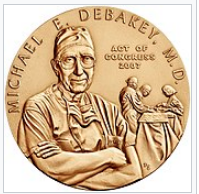
In a single decade, Sackler also invented the pharmaceutical rep – a business attired professional “detail man” that would visit doctors offices with branded trinkets and provide the scientific details and new drug samples doctors needed to keep up; and launch pharmaceutical funded “scientific advisory boards” and speakers bureaus that would assist friends like heart surgeon Michael DeBakey as they climbed the integrated career ladder from academia to industry to government and back again.

In 1957, he aired the first drug advertorial on television, an extravaganza describing a new mysterious condition called “Ataraxia” which kept stressed out business men in a state of psychic distress preventing sleep and relaxation. Sadly, no cure was mentioned in the broadcast. That came a few months later when Pfizer released their new tranquilizer, Atarax.
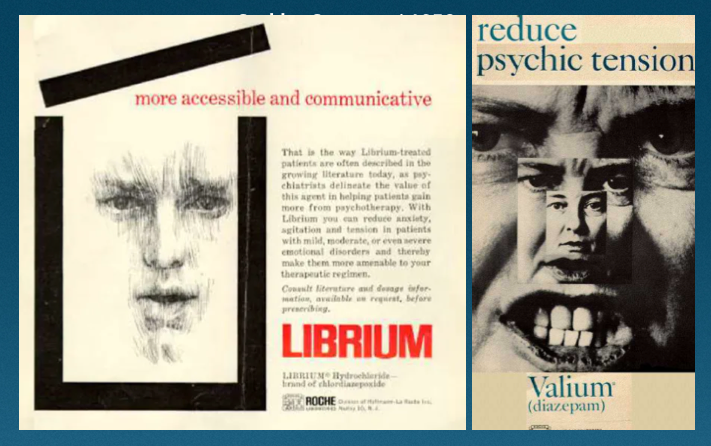
By 1960, he represented two new drugs that risked cannibalizing each other – Valium and Librium. He skillfully promoted one for nervous tension and the other for psychic stress, making both record breaking success stories. By then, 1 in every 7 Americans were on tranquilizers.
But for Arthur, this was just the beginning. He had a grander vision, and had already laid the seeds that would create wealth beyond his wildest dreams, and eventually threaten the health and stability of our nation.
Next, Part 4: The Visionary Data Manipulator.


